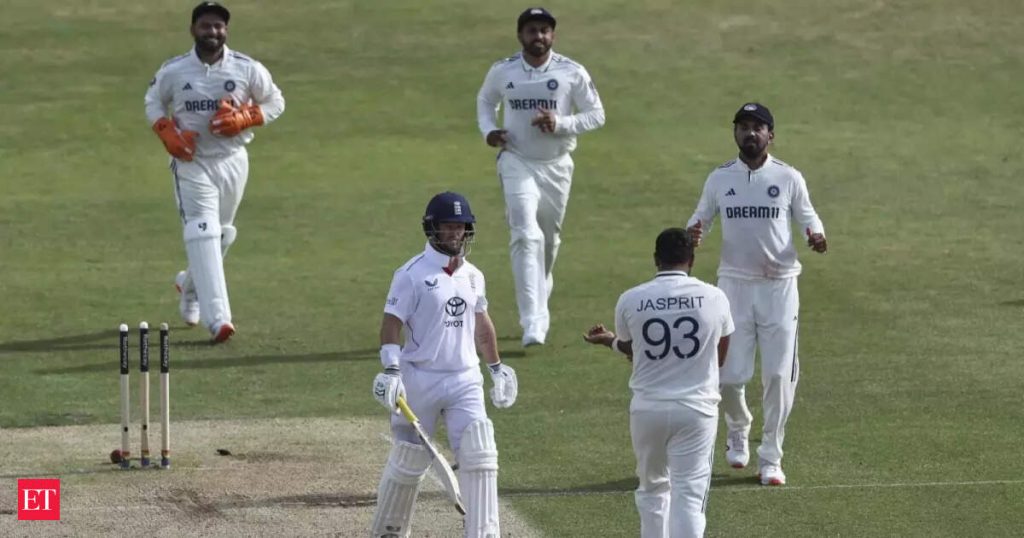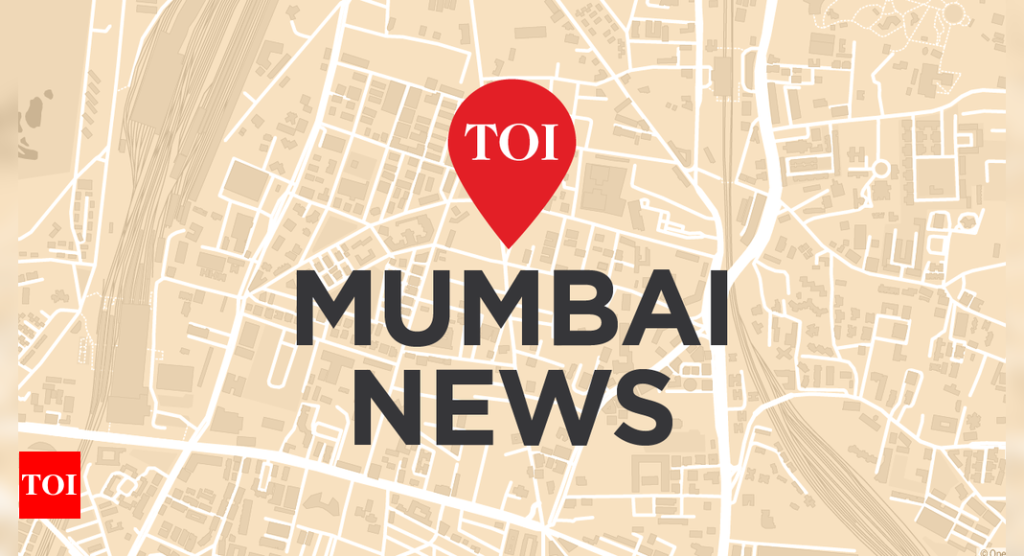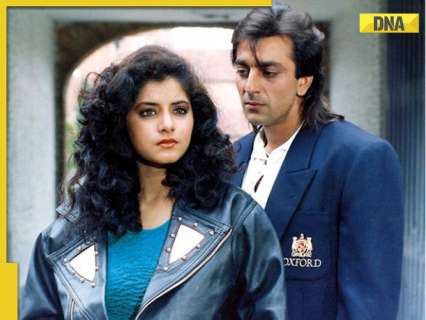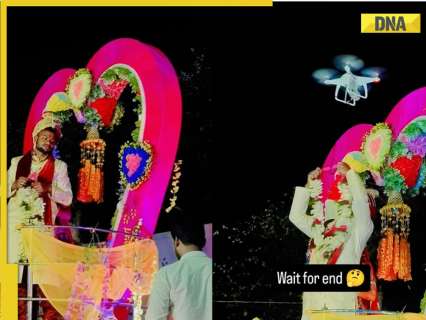Now Reading: Eid 2025: When is Eid-ul-Fitr in India? Check moon sighting dates and more details
-
01
Eid 2025: When is Eid-ul-Fitr in India? Check moon sighting dates and more details
Eid 2025: When is Eid-ul-Fitr in India? Check moon sighting dates and more details
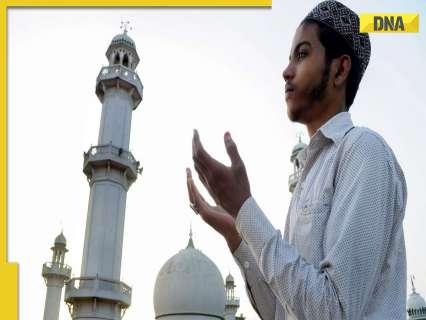
This festival is marked with morning prayers, feats, wearing new clothes and doing charity (Zakal-al-Fitr) along with community gatherings.
Eid al-Fitr, one of Islam’s most significant festivals, marks the end of Ramadan and the beginning of Shawwal, the tenth month of the Islamic calendar. Known as Mithi Eid in India, it celebrates the “festival of breaking the fast.” This celebration occurs on the first day of Shawwal in the Islamic calendar, following the sighting of the crescent moon, known as Chand Raat. Commencing with the sunset on the evening of the crescent’s first appearance, Eid-Al-Fitr is a time for prayer, feasting, familial bonds, and donning new attire. Additionally, it entails acts of charity towards the less fortunate.
The date of Eid-Al-Fitr varies annually, contingent upon the sighting of the moon in Saudi Arabia. For those in India seeking to ascertain the Eid date, monitoring moon sightings in Indian cities becomes paramount.
Eid is observed on the first day of Shawwal, the following month of Ramadan, as per the Islamic calendar. In India, Ramadan began on March 2, when the moon was sighted. The month of Ramadan won’t end until the Shawwal moon is seen, and Eid is observed. India is probably going to celebrate Eid on March 30 or March 31 this year. But as Ramadan lasts for 30 days, this year’s Eid will fall on April 1, 2025. The moon is expected to be visible on March 30, and Eid will be observed on Tuesday, April 1, 2025, according to reports.
At the end of the holy month of Ramadan, Muslims celebrate Eid-ul-Fitr, an important festival of Islam. For Muslims, this day represents thankfulness, joy, and success. Zakat al-Fitr (Fitrana), which must be paid before the Eid prayer and before the end of Ramadan, is one of the holiest rituals performed on this day in anticipation of Eid. Fitrana, which includes food donation, is required of all Muslims who are self-sufficient.













